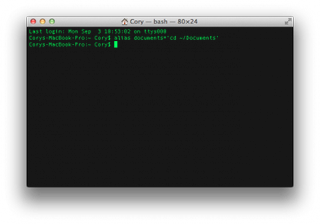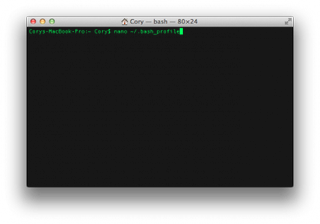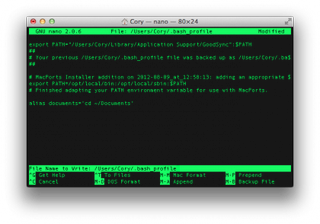In addition to cable television and internet service, Verizon provides land-line telephone service. This service uses a voice over IP protocol, meaning it uses the internet service to deliver voice communications. To ensure uninterrupted land-line telephone service Verizon is required to provide a battery backup to keep the line alive during a power outage.
If, during an extended outage, the battery completely drains and cannot be recharged, then this unit will produce a loud shrill alarm. Think smoke alarm shrill and loud. The alarm will sound every hour until the battery is replaced.
Verizon will not replace the battery for free. The official policy is to charge customers 30 dollars for a replacement unless it is covered by a year warranty.
This Instructable will teach you how to silence the alarm. You will be able to permanently remove the alarm feature from the battery backup unit. This is for people who do not want to replace the battery for 30 dollars, and who no longer want to hear the annoying alarm. This Instructable will require you to get your hands dirty, but electronics experience is not required.
This project involves basic electrical safety. You will be required to disconnect some wires before working on the unit. Failure to follow instructions in the correct order can result in exposure to uncomfortable but harmless electric shock.
Note that a backup unit without a battery can no longer provide phone
service during a power outage. You will have to rely on other means of communication (cell phones, telegram, smoke signals) until power is restored.
Find the battery backup unit. The battery backup unit should look something like the picture above. It will be attached to a wall near where the power lines connect to the building. Have your tools ready and clear a space to work. Accessing the unit may involve cramped working conditions.
Remove the cover of the leftmost box in the battery backup unit. This will expose the battery. This should be removed by sliding the red and black connectors off of the posts one the battery. The battery will be somewhat heavy so be prepared and try not to drop it on your feet.
Batteries of this sort are made almost entirely of lead, and should not be simply thrown in the trash. Should you choose to discard your dead battery, be sure to dispose of it properly. Almost any retailer who sells lead-acid batteries of any sort are required to accept old batteries for recycling. This includes automotive outlets. If you are having trouble, or can't find a suitable place to recycle, consult the EPA's website at http://www.epa.gov/osw/conserve/materials/battery.htm for more suggestions.
With the battery removed, locate and remove the screws holding the unit
to the wall. Note that you do not have to remove the smaller unit as well, but it may make it easier to work with the unit if you do.
Locate and remove the screws in the recessed hole in the back of the unit. These are the screws that normally face the wall, and cannot be removed without detaching the battery backup unit from the wall. This allows access to the circuit board inside.
Do not touch the circuit board until you have disconnected the green connector (pictured). Failure to disconnect the green connector from the circuit board first may result in a mild and uncomfortable electric shock.
Find the Piezo buzzer on the circuit board. A Piezo buzzer is thin metal sheet that is encased in plastic. This sheet is shaken extremely fast to produce an annoying noise. They are used in smoke alarms to save people's lives in the case of a fire. They are also used by Verizon to drive people to buy 30 dollar batteries. The Piezo buzzer should be located near the bottom corner of the circuit board.
Grip the Piezo buzzer with your vice grips or pliers. Using a rocking and twisting motion pull the Piezo buzzer off the circuit board. It should pop off with a modest effort. This will permanently remove the alarm feature of the battery backup unit. Note that this will not effect any other function of the unit.
The circuit board should look like the one pictured when done. Where there was a Piezo buzzer there should be a white circle.
Alternately for a less destructive option you can apply superglue or rubber cement to the hole in the top of the Piezo buzzer to permanently silence it as well.
Working in reverse order, reattach the green connector, close and secure the unit, then reattach it to the wall. The Piezo buzzer can't make noise while disconnected to the circuit board. Enjoy your uninterrupted sleep.
Incidentally this procedure for removing/disabling the battery backup alarm can be used with any device that uses a Piezo buzzer. Just keep in mind that alarms are often included in things for good reasons, and not just to annoy people into spending money.












